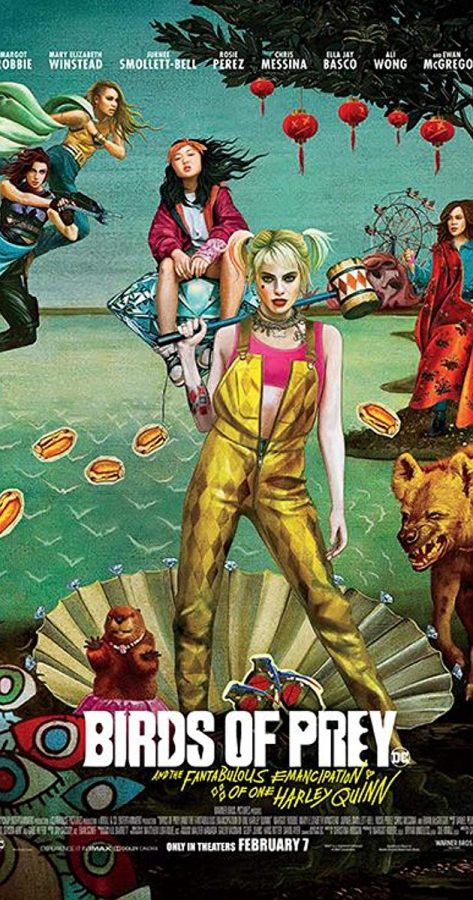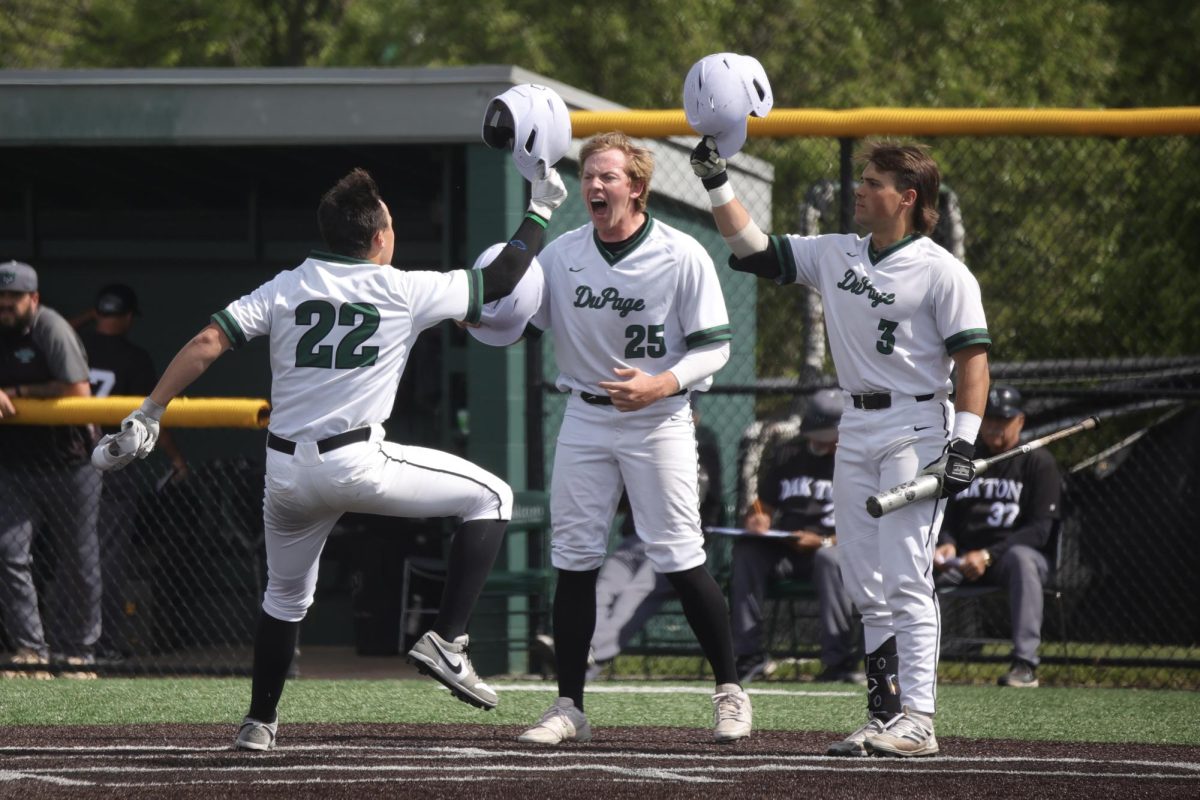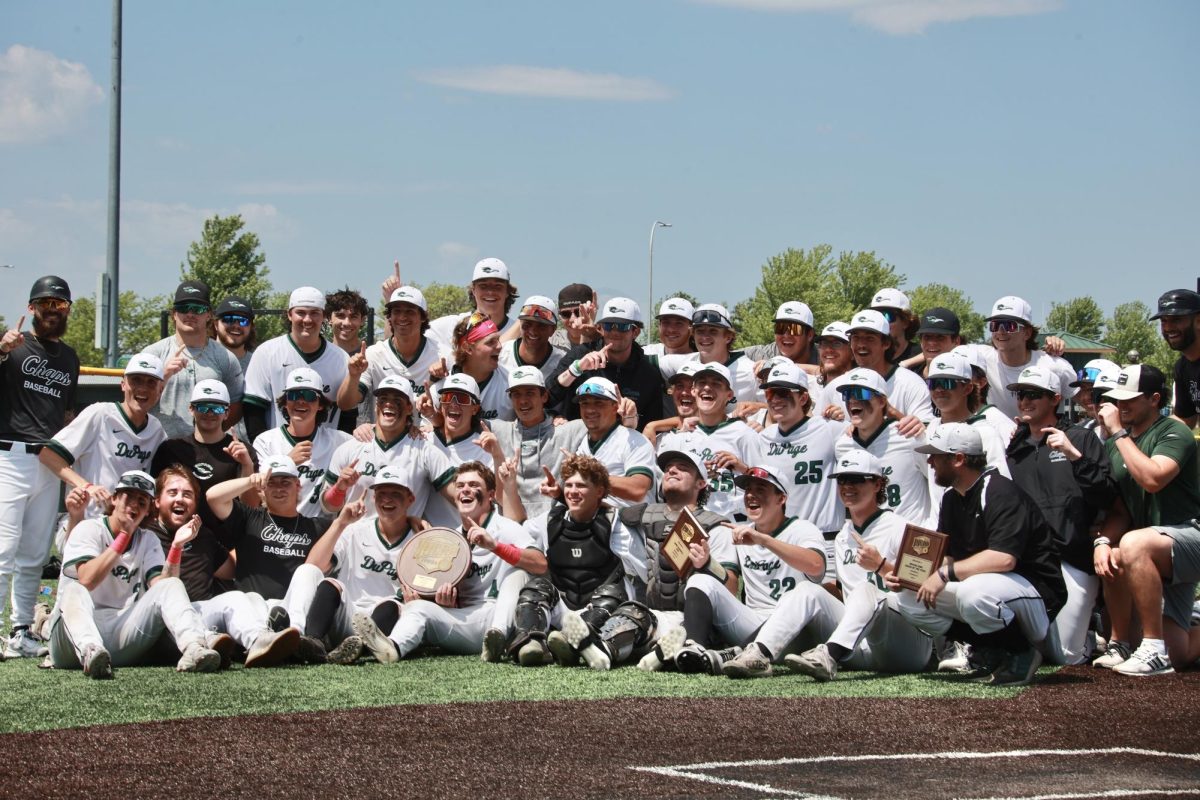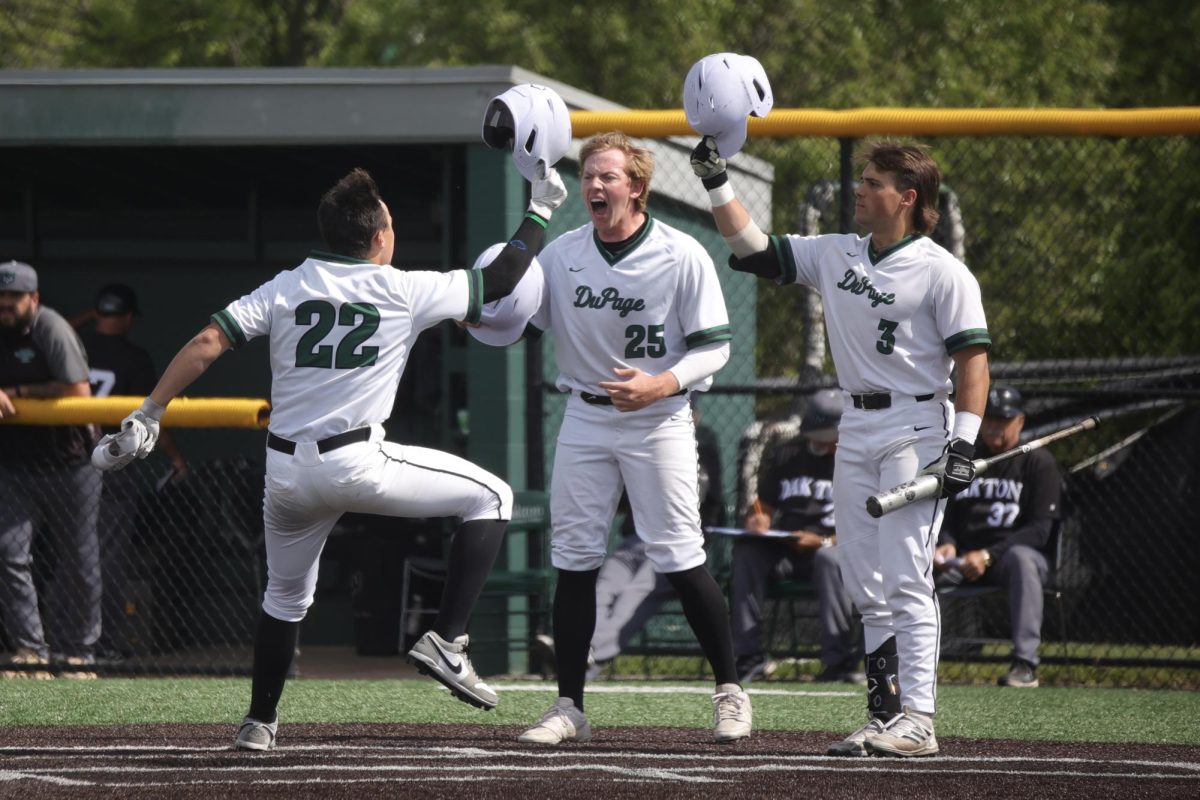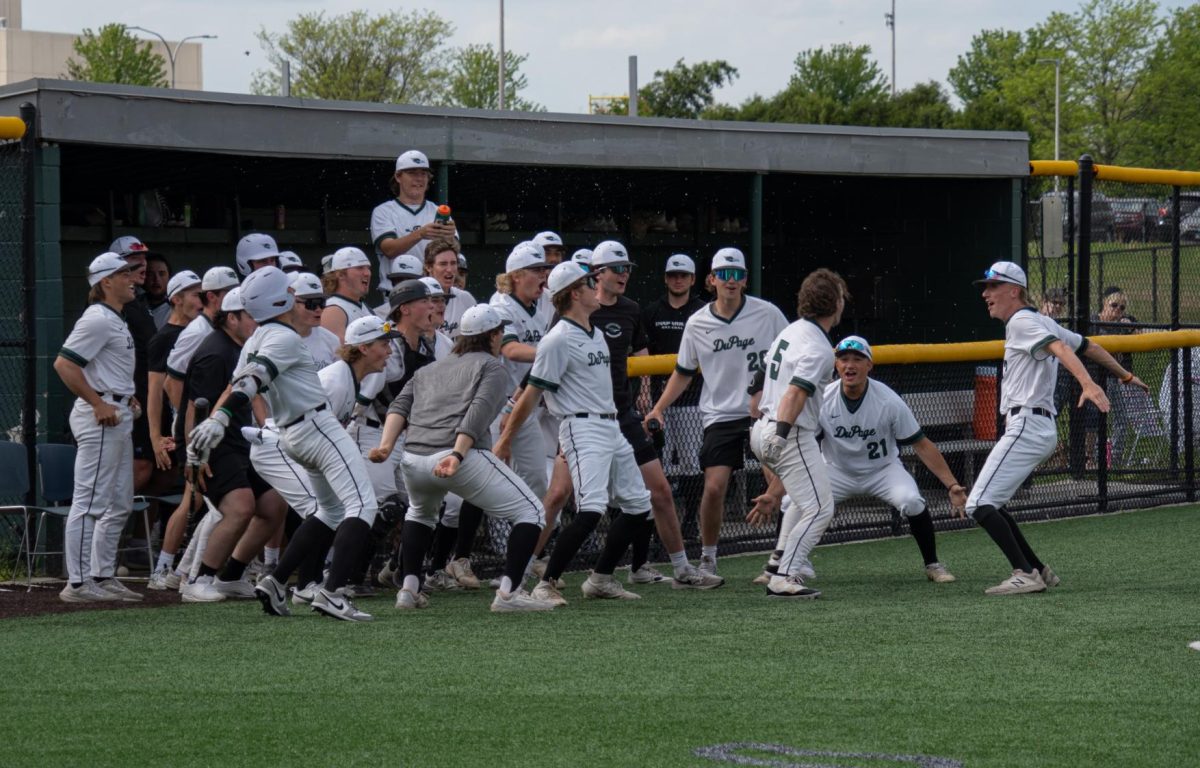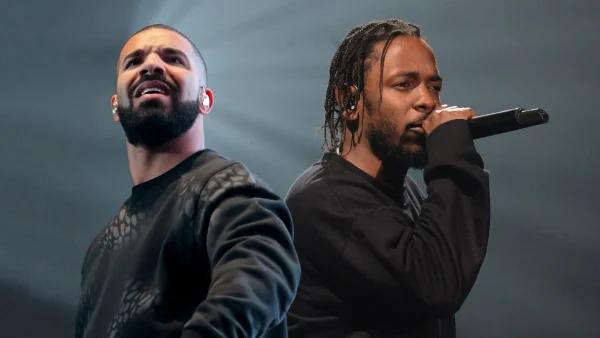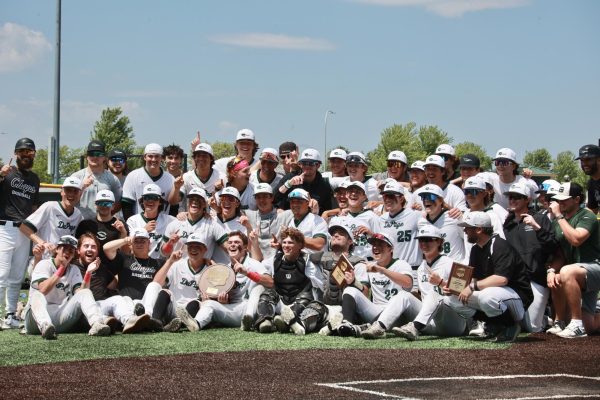Birds of Prey sees Harley Quinn take flight
February 19, 2020
Birds of Prey (and the Fantabulous Emancipation of one Harley Quinn) is the latest entry in DC Comics’ Cinematic Universe. The film stars Academy Award Nominee Margot Robbie as the witty and unpredictable Harley Quinn on her journey of self-discovery and acceptance, as well as protecting a familiar face in the DC universe, Cassandra Cain, from another crime lord in the world of Gotham.
The film serves as an indirect sequel to 2016’s Suicide Squad, a film that was heavily criticized for its poor character development, confusing and messy plot, and little care and attention put into characters that are beloved and easily recognizable to fans of the comics. One of the highlights of the film, however, was Robbie’s portrayal of Harley Quinn, arguably the most recognizable character in the film next to the Joker. In Birds of Prey, we get not only a better sense of the character of Harley Quinn but also the potential and the unique nature that Robbie brings to the character.
Birds of Prey at times feels like what DC and Warner Bros. had hoped Suicide Squad would be – an action-packed comedy featuring a motley crew of beloved comic characters with questionable moral compasses. The film has a complete and understandable story, entertaining and beautiful action sequences, and it gives its characters, for the most part, justice.
The action sequences throughout the film are phenomenal. The action genre of film has been obsessed with making as many cuts as possible throughout the action, and as a result, the fluidity and understanding of what is going on is lost.
There is one scene in the film, in which Harley breaks Cassandra out of prison, and in doing that, accidentally releases the other prisoners as well. With a large bounty on Cain’s head, the prisoners all try to kidnap Cain while Harley fights them off so that she can return her in one piece. The following scene takes place in a warehouse-type room connected to the prison. Harley has to fight off multiple prisoners and to do this, most of the shots are wide so the audience can get a full idea of what is going on. At the end of the scene, Harley takes a guy to the ground and finishes him with her baseball bat. To finish the remaining prisoner, she throws the bat against the ground and as it hits him, it bounces back to her as she catches it. The entire sequence is from a wide perspective and the final action of throwing the bat on the ground not only feels more entertaining with one shot but also more rewarding.
The film’s cinematography and art direction are also incredible. The main criticism of most films in the DC Cinematic Universe is their lack of saturation and vibrant color palettes. Birds of Prey does not apologize for having vibrant and flashy colors. The beginning of the film has Harley running a truck through a nuclear plant, and with the explosion, comes a variety of bright, flashy colors that fill the screen as Harley walks away from her crime. The final fight sequence, taking place in a rundown amusement park, is filled with colors, giving the audience the feel of an amusement park funhouse.
The main fault of this film is its trouble with characterization. Being a film focused on Harley Quinn, it’s understood that Quinn would receive the most screen time, but other characters, such as Mary Elizabeth Winstead’s “Huntress” are often shoved aside in order to continue to move the story along as quickly as possible. The film is very plot-driven, and as a result, the only real character development comes from the main character of the film, Harley Quinn.
Birds of Prey also likes to hold the audiences’ hand a lot throughout the film. In several scenes, characters will do or say something that gives the audience an insight into their emotional and mental state, something that in filmmaking is usually done visually. Harley will often stop the film to let the audience know of a character or plotline and then go back to explain it all before continuing on. The other characters are also guilty of this. Avoiding spoilers, Cassandra Cain picks up an object that doesn’t seem too important, but later, when a hint at the object is shown, the film cuts back to that exact footage the audience had seen before. The film seems to not fully trust the intelligence of its audience, and it wants to make sure each person has a complete understanding of what is going on before advancing in the story.
Birds of Prey is arguably one of the best additions to the DCEU, and despite its poor $33 million opening weekend, this film is highly entertaining and enjoyable even for those unfamiliar with its subject material. The film’s predominantly female cast is also appealing to girls of all ages, who got their first look at a female-driven superhero movie last March with the release of Captain Marvel. Although Birds of Prey’s hard R rating may deter some parents from letting their daughters watch it, the film is proof that superhero, or anti-hero, films do not have to be male-dominant. Birds of Prey sets a bright and inspirational precedent for female-driven ensemble films. Birds of Prey – 7/10.


